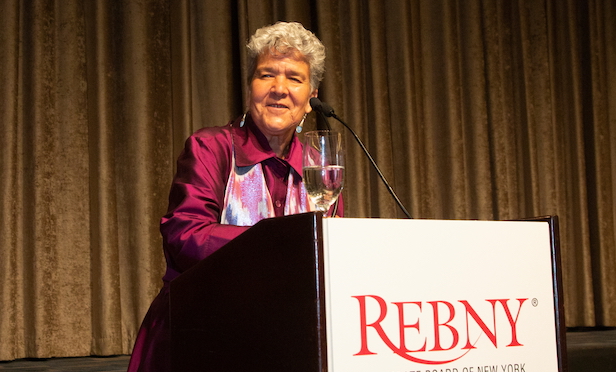QNS
“New York City is in the throes of a housing crisis, with Astoria families feeling that crush harder than most, but we have an incredible opportunity before us to reverse this tragic trend. I stand by my recommendation that certain commitments be made by the Innovation QNS development team to meet this moment, such as significantly increasing the number of affordable housing units and expanding the lowest affordable income band to those earning 30 percent of the area median income,” Richards said.
“I have a deep respect for the City Planning Commission and its work, and I am hopeful today’s vote will lead to a healthy dialogue and community-first solutions as Innovation QNS proceeds to the City Council,” he continues. “I remain in close contact with the developers, my fellow elected officials, and all our community stakeholders, and will continue to push for true community-first solutions on the issues of affordability and equity.”
The project will now go to the City Council in the coming weeks and then on to Mayor Eric Adams for the final decision in the process. In his remarks prior to the vote, City Planning Commission Chair Dan Garodnick said the five-block development would bring thousands of jobs across a range of sectors, but it was the promise of affordable housing that was the difference maker to him.
“The affordable housing component of this project – that will be created without public subsidy – would be considered the largest privately financed affordable housing project in Queens in generations,” Garodnick said. “At a time when our housing crisis is more pronounced than ever, that is a big deal and a big opportunity to take the pressure off the rents in this and surrounding communities.”
In casting one of the three dissenting votes against the Innovation QNS proposal, Commissioner Leah Goodridge said the amount of affordable housing promised by the developers came up short.
“While the number of apartments may be privately financed, it’s still the same 25 percent that we see here every day,” Goodridge said. “And secondary displacement is real.”



.jpg)

















